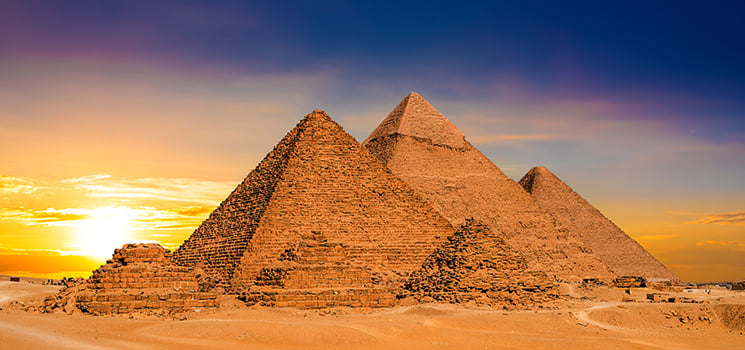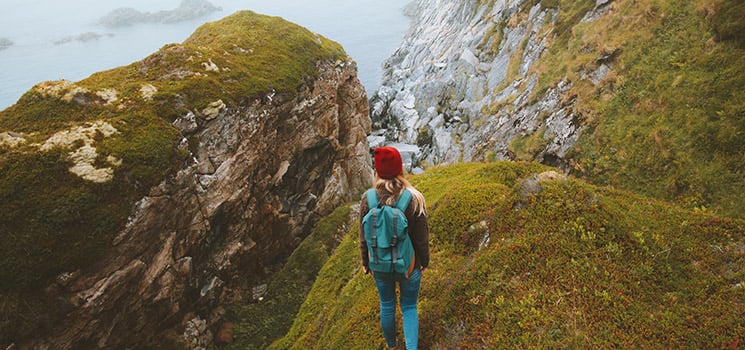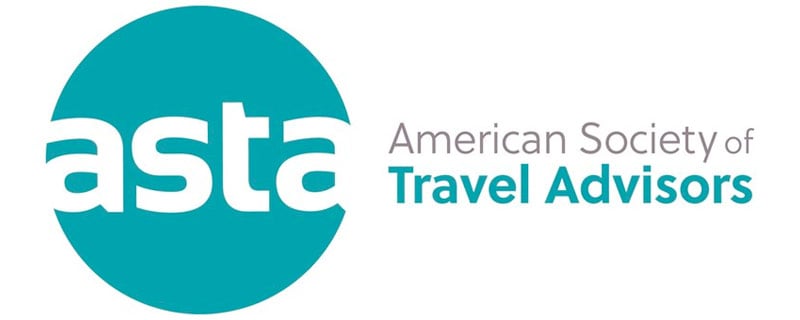Egypt’s unique blend of history, culture, and geography has made it a popular travel destination. With thriving urban communities, ancient sites like the Pyramids of Giza and Valley of the Kings, and stunning waterways of the Nile River and Red Sea, there’s something for everyone in Egypt.
If you’re planning on joining the millions of tourists who have crossed the North African nation off their bucket lists, keep these tips in mind.
Of note: The U.S. Department of State encourages travelers to “exercise increased caution” in Egypt, and recommends against traveling to the Sinai Peninsula.
1. Pack these essentials.Surely, one of the first questions you’ll ask yourself before booking a trip to Egypt is: "What’s appropriate to wear?" Egyptians don’t expect tourists to adhere to strict dress codes, yet it’s still best to show respect for local customs. Yes, you can wear shorts or capris. Just make sure they cover your knees. You should also keep your shoulders covered and avoid sporting tight-fitting clothing.
Here are some suggestions on what to pack:
Clothing: Sweat-wicking shirts, lightweight pants, merino wool sweaters (if your trip falls in the winter)
Accessories: Sunglasses, hats, large scarf or shawl, cooling bandana, water-purifying bottle
Footwear: Lightweight, all-purpose sneakers good for walking
Toiletries: Sunscreen, ChapStick with SPF, Imodium, rehydration salts
If you can fit all of that into a backpack to limit your luggage, even better. You’ll likely be moving a lot within Egypt, so dragging a suitcase around isn’t ideal.
2. Know these Egyptian Arabic phrases.
Egypt is similar to other countries in that English is widely spoken in major cities and tourist areas. You should be able to get by. Still, it never hurts to mix in some Arabic.
Here are several basic phrases to know:
Hello. (or general greeting) - Assalamu aleikum.
Yes, thank you. - Aywa, shukran.
No, thank you. - Laa, shukran.
A thousand thanks. - Alf shukr.
I’m from - Ana min ____
My name is - Esmi ____
What’s your name? - Esmak eh?
3. Book your trip for the fall, winter, or spring.
Egyptian summers get scorching hot, and stay hot. In Cairo, you can expect temperatures to reach into the high 90s, with a heavy sun during July and August. If you’re planning on exploring the Great Pyramids and the other ancient ruins, that heat could prove to be unbearable.
The general tourist season stretches from September to May. When’s the best time for you to travel? That depends on your plans. If visiting Cairo and the Great Pyramids is your primary goal, December, January, and February offer the mildest temperatures. If you’re planning to hit the beach (and you should—the Red Sea is gorgeous) in addition to the Valley of the Kings near Luxor in southern Egypt, then book your vacation for the early fall (September to October) or mid-Spring (April to May), when it’s hot enough to swim but not too hot to explore.
4. Have a plan for visiting the Pyramids of Giza.
Scroll through reviews on TripAdvisor and you’ll find that some travelers have had harrowing experiences visiting the pyramids. The main reason? They get accosted at every step by people looking to sell experiences or earn monetary tips. This is a reality of traveling to the pyramids, and you have to prepare for it.
The following tips can help:
- Avoid taking taxis from Cairo. The drivers understand the demand and will charge higher rates as a result. You can take the subway to Giza and a minibus from the station to reach the pyramids. If you must take a taxi, make sure you set a price before getting into the cab.
- Go on a guided tour. Sure, you’ll be in the middle of the dreaded tourist crowd, but traveling in a group gives you more protection from hagglers. Plus, you’ll hit all the important sites, while hearing the history behind them.
- Stay in Giza if you can. There are several hotels with terrific views of the pyramid, which make for unforgettable sunrises and sunsets.
- Supplement your visit with a trip to the Museum of Egyptian Antiquities in Cairo, or the highly anticipated Grand Egyptian Museum, which is scheduled to open in 2020.
5. Explore Luxor and the Theban Necropolis.
While Cairo and the Great Pyramid of Giza get most of the attention, Upper Egypt and the city of Luxor deserve a place on your itinerary. Luxor, once the Ancient Egyptian city of Thebes, is split by the Nile, with historical landmarks on the west and east banks of the river. The Valley of the Kings on the west bank has relaxed its photography rules in recent years, so you’ll be able to take pictures (for a fee) of the ornate final resting places of great pharaohs. On the east bank sits the famous Karnak Temple, right within city limits.
6. Sample Egyptian cuisine.
Egyptian cuisine melds Mediterranean and Middle Eastern flavors. The country’s most famous dishes have gained popularity around the world, and you may even have enjoyed some in your home city. There’s nothing like the real thing, however. Keep an open mind as you peruse a menu, and always leave room for dessert.
Here are some Egyptian must-eats:
- Ful medames - This fava bean-based dish, often referred to simply as ful, is a staple of the Egyptian breakfast. Ful is served with eggs and covered with olive oil and garlic.
- Koshari - Koshari is all about making the most out of what you have. Rice, macaroni, lentils, and chickpeas are topped with caramelized onions and drowned in various sauces. It’s a delicious mix.
- Shawarma - Shaved meat (often lamb or chicken) wrapped in a pita with tahini and all the fixings, shawarma makes for the perfect Egyptian lunch.
- Om Ali - You can’t leave Egypt without tasting om Ali, “Ali’s mother,” a dessert that dates back to the 12th century. Pistachios, raisins, and coconut chunks are mixed in with a pastry. Then milk and sugar are poured over the mixture before it all goes in the oven. A sprinkle of cinnamon completes the dish.
- Roz bel laban - Roz bel laban is essentially rice pudding, Egyptian style.
There’s also more exotic food like hamam (pigeon) or feseekh (fermented mullet) for more adventurous foodies to try.
7. Keep your itinerary open.
Egypt isn’t all pyramids and desert! There’s so much to see outside the popular tourist spots you should make time for. In Cairo, the Museum of Islamic Art showcases centuries of history in stunning exhibits. Book a stay in the resort town of El Gouna for the best beaches the Red Sea has to offer.










Leave a comment